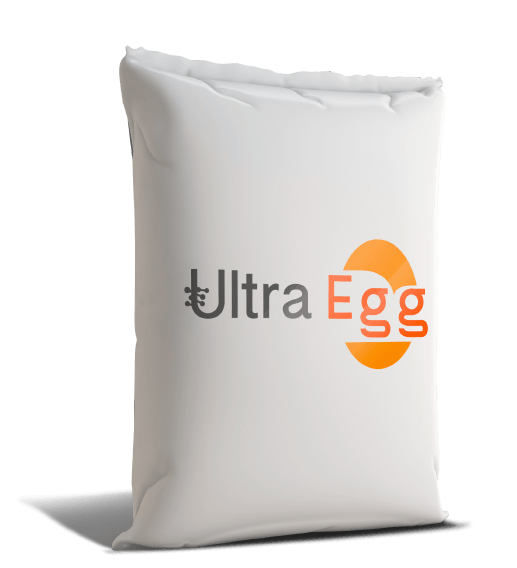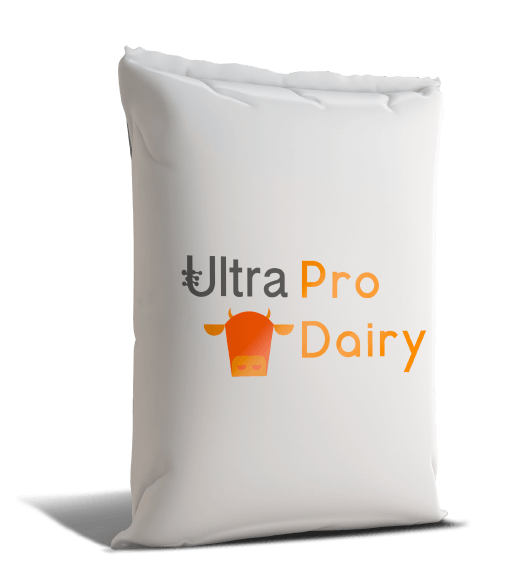In Digestibility
□ Enhances the feed intake and ef ficiency, growth rate and productivity.
□ Increases the energy value of cereal feed stuffs.
□ Better digestibility of feed ingredients by better feed conversion.
□ Enzymes act as supplement to the normal digestive enzymes especially during stress condition.
□ Reduces antinutritional products like tannins, saponin and goitrogen.
□ Promotes weight gain and overall improved performance.
□ Release minerals for assimilation.
□ Stabilization of microbial flora by making these nutrients readily available to them.
□ Checks chelating of minerals such as Zn, Mn, Fe, Ca, K with phytic acid.
□ Improves absorption of calcium and phosphorus.
In Animal Health
□ Improves animal hygiene and health.
□ Corrects digestive disorders especially when birds are crowded.
□ Fattening performance is increased.
□ Prevents damages to chicken anemia agent.
□ Checks cellular damages caused by toxins.
□ Promotes growth to bones.
□ Prevents diarrhea due to poor fiber digestion.
□ Minimizes excreta, water droppings and of ammonia.
□ Reduces viscosity and ammonia level in intestine.
In Poultry Product
□ Increases egg production and hatchability in layers.
□ Egg quality is also maintained. A thick shell is maintained, rendering the eggs more cleanly.
□ Improves flock uniformity leading to more consistent sized birds.
□ Improved slaughter results, high carcass weights and better grading.
To the Environment
□ Reduction in manure volume.
□ Reduced nitrogen and Phosphorus exertion.
□ Less environmental waste and therefore less pollution.
□ Reduced environmental stress resulting from reduced litter volume.




















